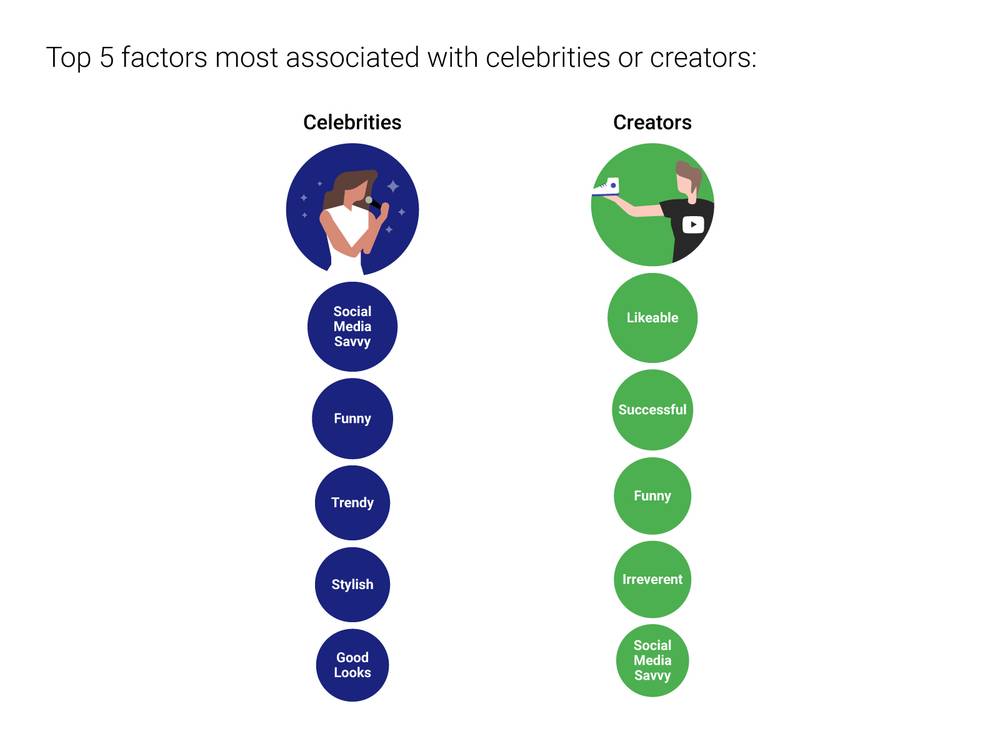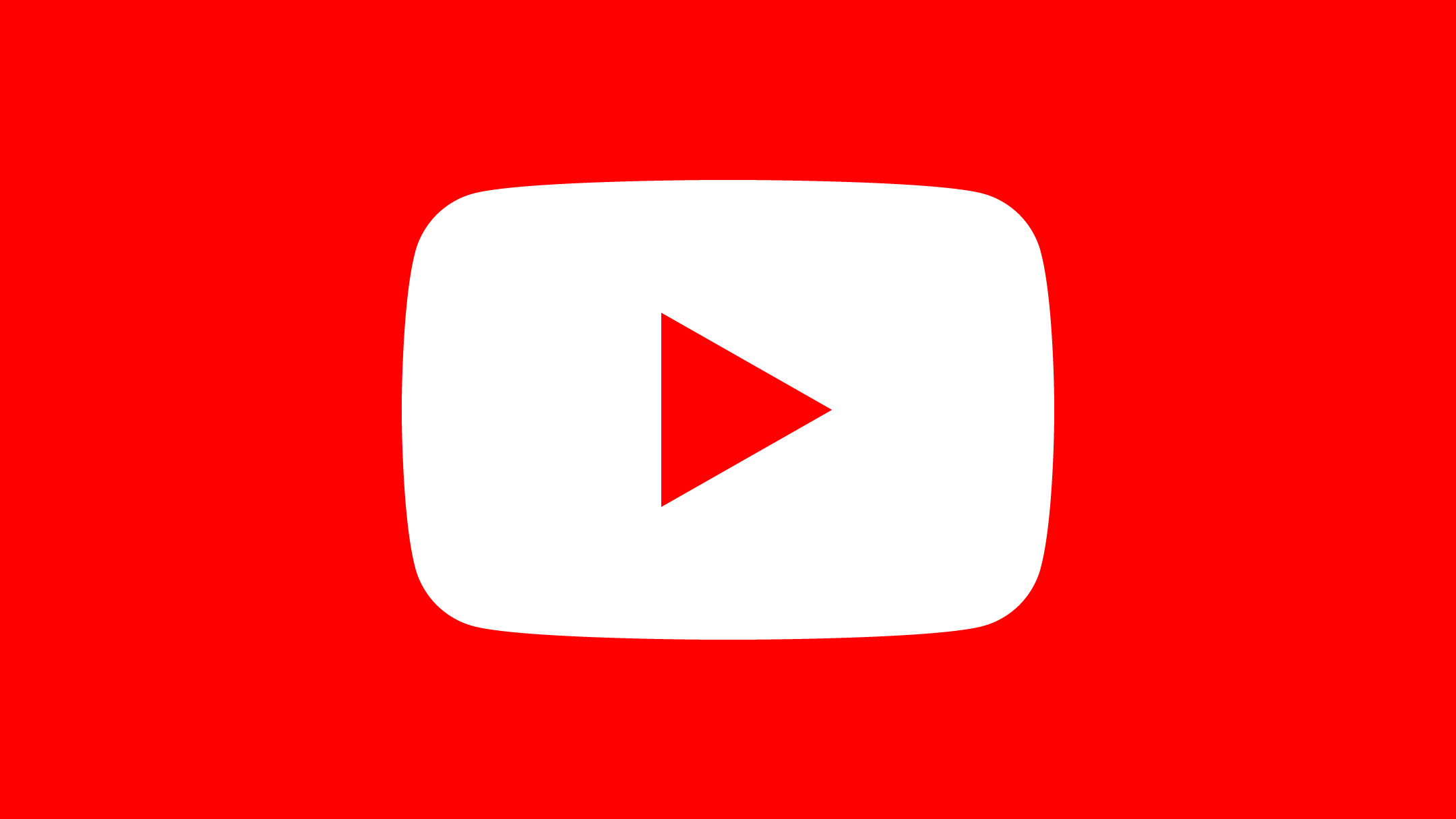Influencers can be powerful brand allies, but these collaborations require an entirely new approach to marketing, according to Carat Global Chief Strategy Officer Sanjay Nazerali.
Working in strategy at one of the world's largest media agencies, I’ve witnessed countless pitches about influencer marketing and the growing power of creators.
With engaged audiences in the millions and passionate fans hungry for content, YouTube creators are already an established channel for brands looking to run ads.
But increasingly, these YouTube influencers are also becoming attractive partners for deeper collaborations.
Clients are initially enthusiastic, assuming this is the digital age’s answer to celebrity marketing and endorsement. Then thorny business questions arise, such as:
- What’s it actually doing for my brand?
- Should I do an endorsement or product placement?
- Isn’t it just for millennials, beauty brands, and makeup tutorials?
These have always been tough questions to answer. Even though almost everyone has been jumping on the influencer marketing bandwagon, few understand what “influence” really is or how it works. Until now.
"Celebrity marketing and influencer marketing offer fundamentally different benefits for brands."
Together with YouTube and Nielsen, my team analyzed the results of hundreds of brand and creator videos in the U.S. and the U.K. to understand the impact of influencers for brands.
It’s a critical first step in establishing a business-led rulebook for this new world—and it’s already changing how I approach my own plans.
1. Influencer marketing is not the same as celebrity marketing
YouTube influencers, however vast their reach, are absolutely not “today’s celebrities,” and celebrity marketing and influencer marketing offer fundamentally different benefits for brands.
For instance, we found that celebrities are more effective at driving recall than creators (84% versus 73%).1 Given that a celebrity’s job is to be famous and memorable, that makes sense.
Where YouTube creators really start to gain the upper hand is in deeper brand involvement. Brand familiarity is a good example. If we want an audience to really understand us, our work, our values, or our products, then collaborations with YouTube creators are 4X more effective at driving lift in brand familiarity than those with celebrities.2
When it comes to purchase intent, it’s an even match: our research found that influencers were just as likely as celebrities to drive buying decisions.3
Influencer marketing appears to play a fundamentally more pragmatic role. Why? My hunch is that it’s because fans feel very connected to the YouTubers they love. The best creators have formed authentic bonds with their fans, which means fans trust what they have to say, and turn to them for brand and product recommendations.

2. It’s not just a ‘beauty’ thing
Beauty brands were one of the first to team up with influencers and creators have established a huge presence among the YouTube beauty community. About 86% of the top 200 beauty videos on YouTube were made by creators rather than professionals or brands.[see data]
But what’s interesting about our findings is just how far YouTube influencers stretch beyond the beauty category.
We tested nine additional categories, including auto, alcohol, snacks, and toys. Across all nine categories, working with influencers leads to lifts in brand metrics, from familiarity to affinity to recommendation.4
In some categories, such as snacks and alcohol, they can have even more impact, driving significantly higher than average purchase intent.5 So the idea that influencer marketing is purely for young people who are looking at fashion and beauty brands simply isn’t true.
3. The ‘how’ matters as much as the ‘who’
Celebrity marketing has historically focused on endorsement, sponsorship, and product placement. Influencer marketing has developed far more options, and it’s important to understand which of these work best—and for which marketing goals.
Our research found that deep thematic integrations with creators drive the highest results for brands.6 These are more involved integrations where the influencer plays a role in creating a piece of content—such as a demo—with the brand. They’re far deeper than product placements and they work more effectively.
While there were many consistencies across categories, we also saw some nuances, which are important for clients to understand. We found that simpler brand integrations, like a product endorsement or an ad featuring a creator, also showed positive results for brand affinity in all categories tested.7
Of course, deep collaborations can be more than some are ready for. For certain objectives and categories, the easiest and most effective way for brands to tap into the power of influencers will be simply to run their own ads on YouTube creator content.
We know that can work. In fact, the latest analysis from D2D, our network’s measurement arm, suggests online video investment can be increased 3X compared to planned levels to optimize plan effectiveness.8
4. Don’t lose sight of why people love YouTubers
We often assume that the right YouTube influencer is either an aspirational version of our target audience or that they’re just like celebrities. Neither of these assumptions is correct, and it’s perhaps here that celebrity and influencer marketing differ the most.
Whereas celebrities need to be trendy and stylish, consumers expect creators to be friendly, funny, and sometimes irreverent.9
Irreverence is interesting, because it drives credibility. Irreverence strongly suggests independence, and it’s this that builds trust. It can also be incredibly valuable for brands. If a creator usually ridicules things they don’t like, you can be sure that when they praise something, they mean it.
"Influencer marketing is more than a bandwagon. It’s a powerful, scaled form of communication."
Humor is also interesting, because it reflects a sense of community. YouTube helps forge a special relationship between followers and influencers, one that reflects a sense of co-ownership.
This familiarity creates a degree of intimacy that makes the use of humor seem much more natural than it would with celebrities. This is probably also why we see celebrities such as Dwayne Johnson increase their influencer scores when they get really active on YouTube.

YouTube influencers are helping write a whole new rulebook for marketing
If I take one thing from this study, it’s this: there's a huge cultural shift in the nature of celebrity, authenticity, and community—all topics we as marketers care about. And this shift is being driven by a new class of diverse, authentic voices we call creators.
While this new form of marketing can be powerful, it requires a different approach. If we don’t play by the right rules, we won’t harness its full potential.
If brands want to make the most of these new marketing opportunities, they need to get strategic and granular. For those willing to invest, it’s clear that influencer marketing is more than a bandwagon. It’s a powerful, scaled form of communication. Now, we finally have the beginnings of a strategic approach to it.







